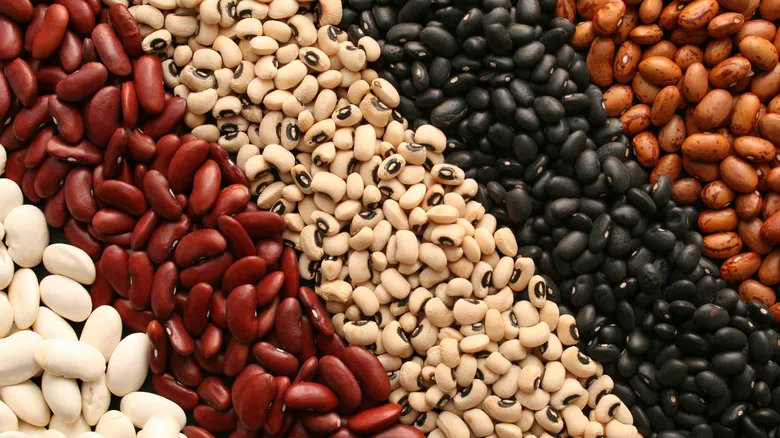1. Instant coffee

If you're preparing for the apocalypse, make sure to stock up on coffee. Luckily, instant coffee is one item you can rely on for roughly the first 20 years following the major event. Jokes aside, this is the ideal scenario, but reports suggest that instant coffee stored in a cool, dry environment and sealed tightly can remain good for anywhere between two years and two decades.
It's also important to note that coffee generally has a decent shelf life. If you've ever examined a bag of whole coffee beans, you may have noticed a "best by" or "good until" date, which is typically several months ahead of the current date. This indicates that whole coffee beans can last on the shelf, under the right conditions, for up to 30 months, more or less.
Lastly, coffee doesn't spoil in the traditional sense of becoming rotten. Instead, it starts to taste stale as it ages. Light, moisture, and heat are particularly detrimental to coffee, especially when it's ground. Just to clarify, this refers to ground coffee, not instant. In that case, it will remain acceptable for a few weeks before you start to notice its age in the flavor.
2. Tea
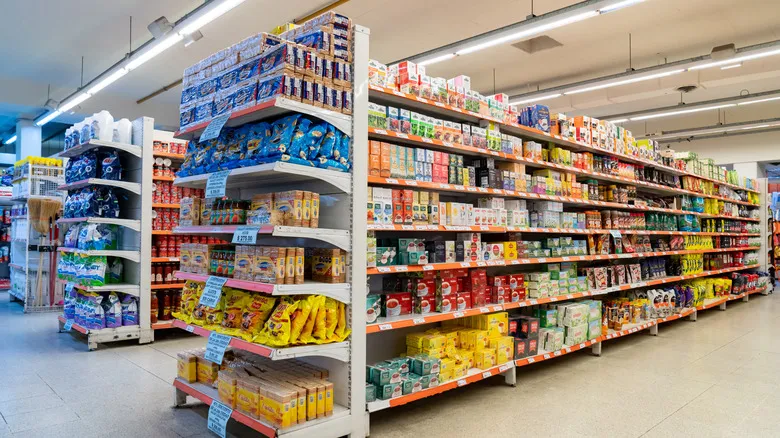
Tea bags make excellent additions to care packages for friends who live far away. This is partly because there's nothing quite as revitalizing as a warm cup of tea on a chilly afternoon, and partly because tea has a long shelf life, remaining good even if the package gets delayed in transit for a year. Most teas can maintain their freshness for at least two years under the right conditions, giving the recipient plenty of time to savor the Earl Grey before it needs to be discarded.
In terms of shelf life, floral teas have the shortest duration, lasting only about three months, while black tea can last up to two years. It's worth noting that tea doesn't have to be in bags; loose-leaf varieties also enjoy a long shelf life, as long as they are stored in a cool, dry, and dark environment. Most teas won't spoil to the point of tasting bad—nut teas are a notable exception—but their flavor may become dull and stale over time.
For optimal preservation, consider investing in a dedicated tea storage container if you anticipate not finishing the tea within a month or two. Exposure to air can cause the tea to deteriorate, so if you're saving your teas for special occasions, store them in their own containers until you're ready to enjoy them.
3. Dried beans
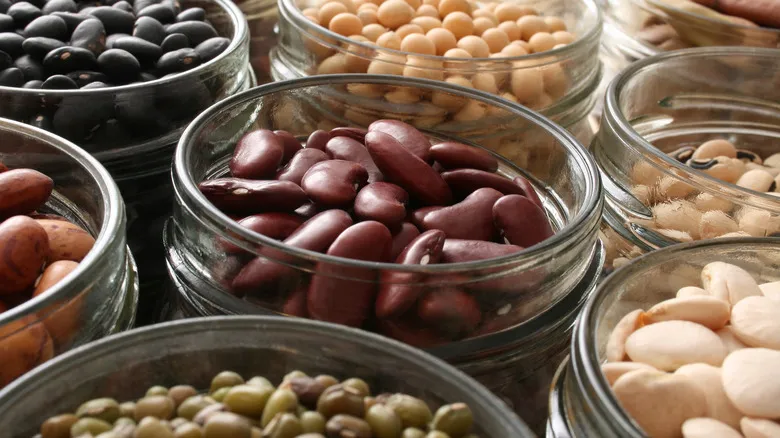
Just because dried beans can endure extreme conditions for about three decades doesn’t guarantee they’ll taste good after 30 years or retain their full nutritional value. It also doesn’t mean you should stash a bunch of beans in Mylar bags and wait three decades just to find out. In fact, all of the previous statements hold true, highlighting the impressive resilience of this shelf-stable food group. Let’s delve into the realities of dried beans.
On average, dried beans that are kept away from moisture and pests can last two to three years. By the five-year mark, most beans have lost all their nutritional value. This means that while you can technically eat them, they will only serve to fill your stomach, providing no nutritional benefits.
Proper storage is crucial for extending the shelf life of beans. When sealed in Mylar bags or airtight containers devoid of oxygen, it’s not uncommon to find them still edible after ten years. A study from Brigham Young University found that dried beans left on a shelf for approximately 30 years still received positive feedback from 80% of a taste-testing group. The participants rated the dried pintos favorably, demonstrating that these beans can endure long-term storage and still perform well.
4. Dried pasta

Individuals who shop for bulk items, such as dried pasta, often do so to enable them to "shop their pantries." This approach means that rather than making a last-minute trip to the grocery store for dinner ideas, they can simply open their pantry, grab some pasta, and prepare a meal.
Home cooks appreciate this method because, even if the pasta has been stored for six months or more, they trust that it is still good — even if they aren't entirely sure why. The reason is straightforward: Most dried pastas contain only about 12% moisture, which makes them shelf-stable for an extended period. This low moisture level serves as a barrier against molds and bacteria that thrive in more humid conditions.
Dried pasta can last up to three years when kept in a cool, dry environment, although the average shelf life is around two years. Egg noodles, however, are an exception; their egg content makes them more prone to spoilage compared to non-egg varieties. Additionally, the climate in which you live can affect the shelf stability of your dried pasta. For instance, if you reside in the humid rainforest of Forks, Washington, using a silica packet can help protect your pasta from moisture, but generally, the standard precautions you take to store food should suffice.
5. Dried oats
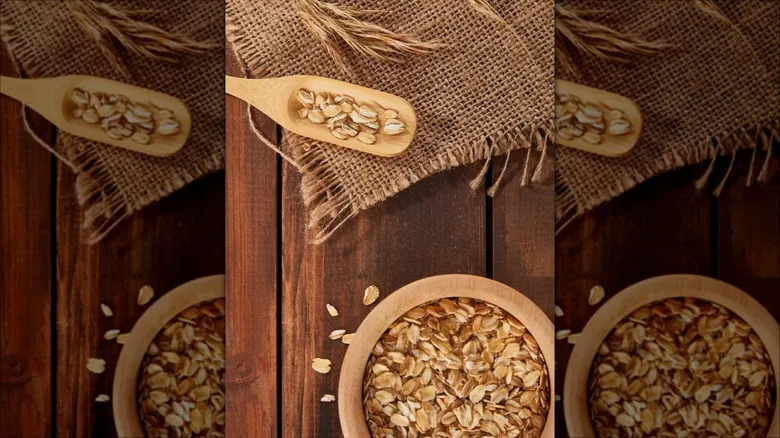
Oatmeal has long been a go-to breakfast for those seeking a nutritious and filling meal to carry them through until lunch. While steel-cut oats may not have an indefinite shelf life, they do possess a durability that makes them an excellent long-term pantry staple. When stored in an airtight container away from sunlight and heat, they can last for about two years.
During processing, commercial oats are steamed, which extends their shelf life. In contrast, oats that aren’t steamed typically last only around four months. Additionally, some oat varieties come with tasty enhancements, like dried fruit or milk, which can affect their shelf life positively or negatively.
If you find yourself unsure about the oats that have been sitting in your pantry for a while, there’s a simple way to determine if they’re still good to eat beyond their "best by" dates, which indicate quality rather than spoilage. If the oats have a foul odor, resembling mold, it’s best to discard them. However, if they appear dry and in good condition, they are likely still safe to consume.
6. Honey
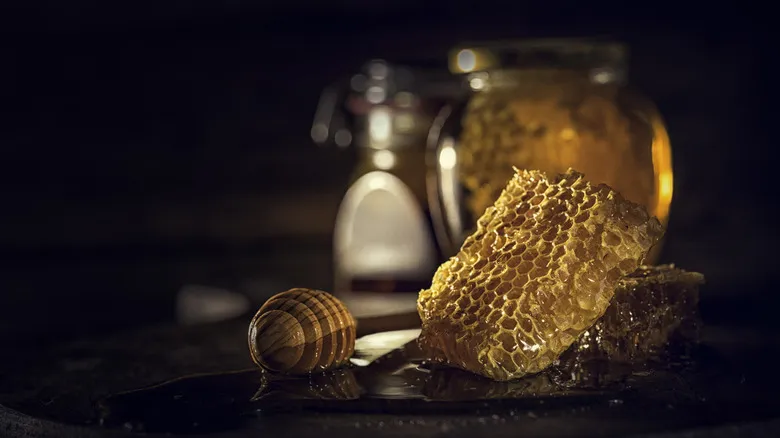
King Tut's tomb was filled with countless invaluable treasures, and while treasure hunters might argue that the jewels and gold are the most significant, food enthusiasts would contend that the 3,000-year-old honey deserves the title of the most precious find. The daring, or perhaps reckless, archaeologists who uncovered Tut's honey decided to sample it and were pleasantly surprised to find that it tasted just as delightful as the honey they likely enjoyed on their biscuits during breakfast in the weeks leading up to the tomb's discovery.
While foods with a 30-year shelf life may earn respect, honey commands true admiration. It is one food that genuinely never spoils, thanks to its acidic pH and low moisture content. Over time, its color may darken and it may develop a sugary texture, but it remains safe to consume.
Moreover, honey offers more than just longevity. It possesses healing and antibacterial properties that have been utilized as medicine for thousands of years. It comes remarkably close to being ambrosia, the food of the gods, which could explain why Tut's tomb contained jars of honey alongside all those other remarkable treasures.
7. White rice
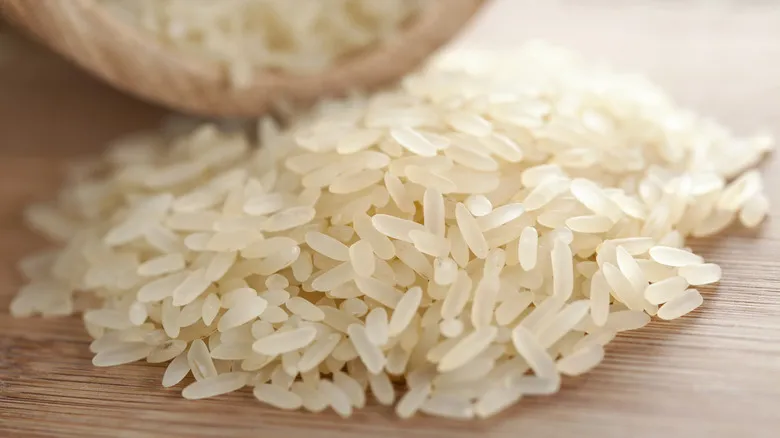
During the War of 1812, the USS Constitution embarked on its journey with provisions intended to sustain a crew of nearly 500 men for several months at sea. Among these supplies were 1,316 gallons of rice, highlighting its remarkable shelf life—a crucial factor for those living before the era of commercial refrigeration, especially when out at sea with no means to replenish their stores.
Today, people continue to depend on rice's longevity to build pantries that withstand the challenges of time and rising prices. However, not all rice is equal in terms of shelf life. Brown rice, due to its high natural oil content, typically lasts only up to 18 months before spoiling. In contrast, white rice boasts an impressive shelf life, reminiscent of Methuselah, who lived just shy of a thousand years. With its near-endless shelf life, white rice may very well be the champion in this longevity contest.
What undermines rice's reputation for durability are the same factors that affect most shelf-stable foods: heat, moisture, and contaminants such as dust or pests. Additionally, once cooked, rice spoils quickly, remaining safe to eat for only a couple of days in the refrigerator. If frozen, it can last for a few months, but even then, frozen white rice cannot match the extensive shelf life of its dried form.
8. Powdered milk
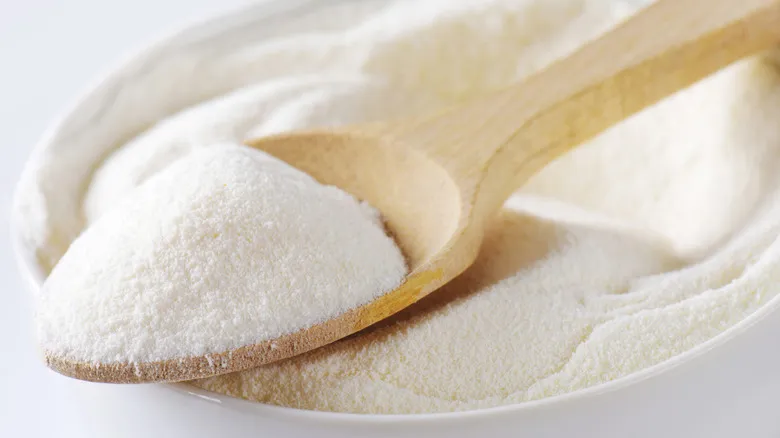
Despite being a product that can emit a foul odor when spoiled in the fridge, powdered milk has an impressively long shelf life. Most manufacturers label powdered milk with a "best by" date of approximately 18 months. However, low-fat powdered milk, in particular, has been known to remain viable for anywhere between two to ten years. In survivalist communities, there are claims of powdered milk that remains drinkable even 25 years after production. This longevity, of course, depends on proper storage—keeping it in a cool, dry place away from direct light and oxygen, similar to other shelf-stable foods.
That said, just because powdered milk may still be consumable after 25 years doesn't mean it’s advisable to drink it. The stability of its vitamins begins to decline after six months, and its flavor deteriorates significantly as well.
9. Maple syrup
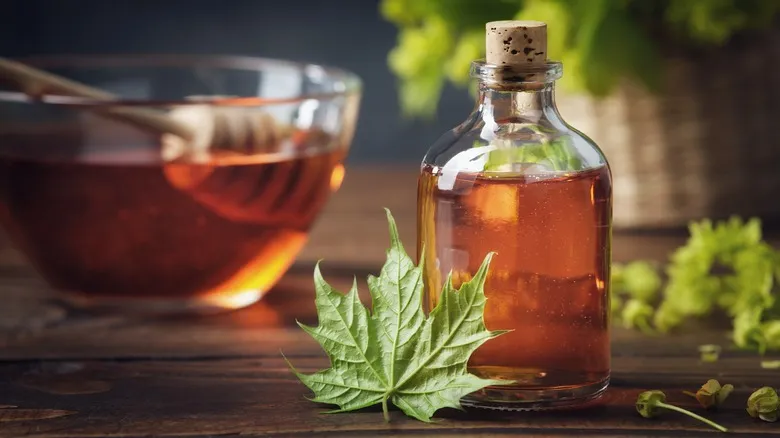
Pancakes drizzled with maple syrup evoke the essence of childhood, much like a nostalgic memory captured on a fork. This connection is largely due to the remarkable longevity of memories, akin to how long a jar of maple syrup can last in storage. Maple syrup has an impressive shelf life, outlasting the average memory of a pancake lover. This durability is attributed to two characteristics it shares with honey: a low moisture content and a high sugar concentration.
These qualities grant it an almost eternal shelf life, as long as it receives a bit of care before being tucked away. To ensure its longevity, keep the jar sealed and stored in a cool, dark location, such as your cabinets or pantry. Exposure to sunlight can lead to deterioration, and improper storage may result in mold forming on the surface. While some people recommend simply wiping off the mold to make the syrup safe to consume again, if you're hesitant, it's wise to store the maple syrup in the freezer after opening to prevent any mold from taking hold.
10. Salt
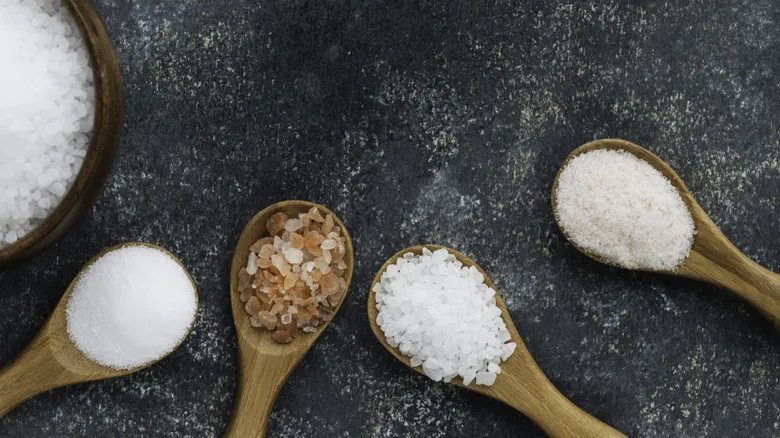
Food preservative. One-time currency. The root of the word "salary." In each of these examples, you can observe the durability and utility of salt, a mineral and preservative that humanity has depended on since ancient times. Its function as a food preservative hints at the impressive shelf life of salt. After all, anything that can keep meat or vegetables edible for years without refrigeration must be remarkably enduring.
And indeed, it is. Pure salt, free from additives like iodine or other flavorings, has no expiration date. Salt that contains anti-caking agents typically remains usable for about three to five years. While moisture or pests can compromise salt, they can also affect many other pantry staples. Even pink Himalayan salt has an exceptionally long shelf life, but considering how frequently home cooks use salt, it’s unlikely to remain on a shelf for five years—not because it has spoiled, but simply due to regular use.
11. Sugar
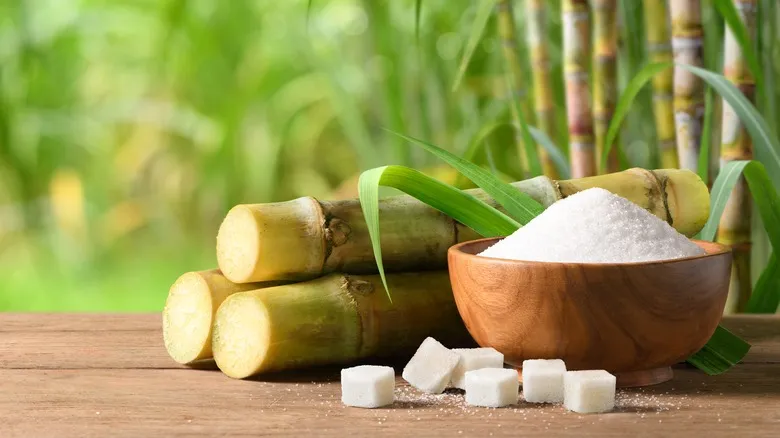
When it comes to preservatives, sugar is the sweet counterpart to salt — think of it as the sweet bread-and-butter pickle compared to the savory dill pickle. Similar to salt, sugar extracts moisture, which is why you often feel parched after indulging in Halloween candy. This moisture removal effectively halts bacterial growth; no moisture means no bacteria. Sugar doesn’t just excel at preserving pickles; it’s also one reason chefs sprinkle sugar on strawberries and other fruits. This process inhibits bacterial growth through osmosis, where water is drawn from the fruit's interior to its exterior, with sugar acting as the catalyst for this movement.
This is also why that container of sugar in your pantry seems to last indefinitely, much like the Energizer Bunny. While excess moisture can cause it to clump, sugar doesn’t have a specific expiration date, especially if it’s stored properly to protect against pests, moisture, and external odors. If you’re looking for a rough guideline, two years is a reasonable estimate. For the record, powdered sugar and brown sugar share this impressive longevity as well.
12. White vinegar

If you're curious about whether vinegar spoils, you might want to consult the ancients. While you can't ask them directly, donning your Indiana Jones hat could lead you to discover remnants of vinegar in ancient clay jars from long-lost civilizations. Though those cultures have vanished, their vinegar has endured, showcasing the remarkable resilience of this kitchen essential.
The acetic acid in vinegar contributes to its stability. Although some types may lose their sharpness over time, they won't become rancid. Vinegar is produced through fermentation, which grants it an impressive shelf life, allowing it to survive in ancient jars for centuries—or in your pantry for many years.
Like many modern products, vinegar does come with a "best by" date. However, this date doesn't indicate spoilage; instead, it reflects the manufacturer's recommendation for optimal freshness and flavor. Typically, your reliable bottle of white vinegar remains good for about two years.
13. Condiments
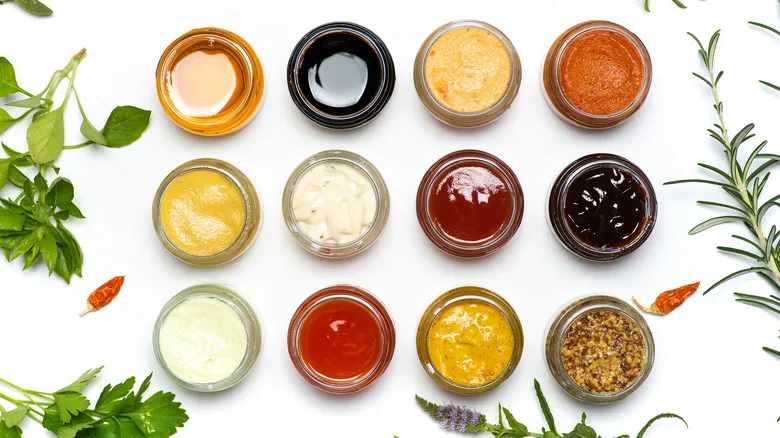
Your burger wouldn't be quite the same without them, and luckily for you, condiments are incredibly resilient, making them one of the most long-lasting food categories available. From mustard to soy sauce, this holds true for the majority of condiments.
The reason behind this durability lies in the ingredients commonly found in most condiments. If you check the label, you'll see components like vinegar, salt, and sugar. Additionally, you might notice that fermentation plays a role in their production. Some condiments, such as soy sauce and Worcestershire sauce, utilize both shelf-stable ingredients and fermentation, enhancing their longevity.
Among those with the longest shelf lives are mustard, lasting up to three years; fish sauce, which can last four years; hot sauce, with a five-year shelf life; and Worcestershire sauce, also good for three years, though it often carries an "indefinite" expiration label. It's important to note that most condiments, thanks to their ingredients, can stay on your pantry shelf for several months after opening without any negative effects.
Recommended
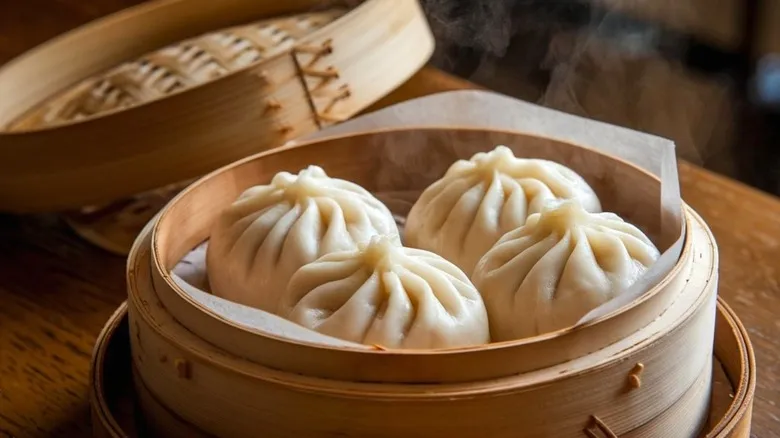
What's The Difference Between Pork Buns And Dumplings?

Why Hawaii Is Known For Poke Bowls
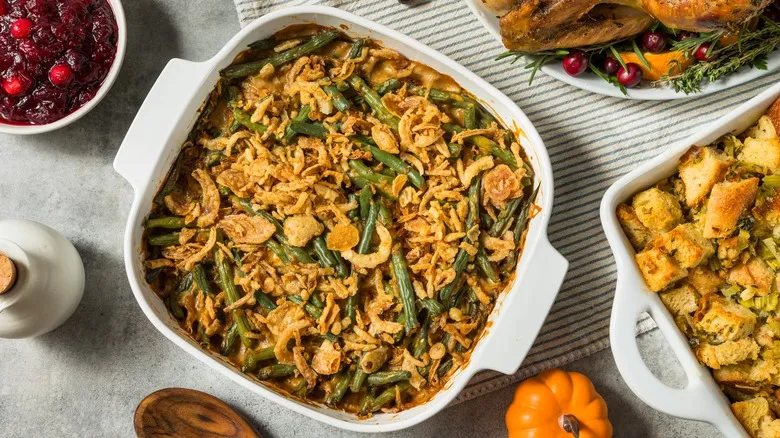
The All-American History Of Green Bean Casserole

Yes, The Very First McDonald's Was A Barbecue Joint
Next up

